Mexican Soccer Stadiums: Mexican World Cup Stadiums 2026
This post contains affiliate links. As an Amazon Associate, we earn from qualifying purchases.
Mexican soccer stadiums are not just architectural marvels but also vibrant hubs of passion and culture. They serve as the beating hearts of cities across the nation, where the spirit of the game resonates with roaring crowds and generations of fans. These stadiums are emblematic of Mexico’s deep love for football, playing host to thrilling matches, showcasing local and international talent, and providing unforgettable experiences for millions of spectators.
Among these, the Estadio Azteca stands as a colossus in the realm of soccer, boasting a rich history that includes two FIFA World Cup finals. Its immense capacity makes it the largest stadium in Mexico and a legendary venue in the world of soccer. Stadiums like these are not only stages for sporting excellence but also significant venues for national events and international concerts, reflecting their versatile role in Mexican society.
World Cup 2026 Stadiums in Mexico
As the stage is being set for the 2026 World Cup, the spotlight turns to the mexican soccer stadiums that are gearing up to host the world’s premier football event. Refurbishments and preparations are underway to ensure that these venues meet the highest international standards.
Mexico’s Host Stadiums
| Stadium Name | City | Notable Features |
|---|---|---|
| Estadio Azteca | Mexico City | Historically significant as it will host World Cup matches for the third time, having previously done so in 1970 and 1986. |
| Estadio BBVA | Monterrey | Known for its modern facilities and being home to the prominent club CF Monterrey. |
| Estadio Akron | Guadalajara | Stands out for its unique architecture and is the home ground of CD Guadalajara, one of Mexico’s most popular football teams. |
The iconic Estadio Azteca in Mexico City is poised to make history by becoming the first stadium to host three men’s World Cups. This venue, which has witnessed legends like Pelé and Maradona, is a symbol of immense pride for Mexican football.

by Pinterest
Monterrey’s Estadio BBVA, proudly referred to as ‘Steel Giant,’ is another impressive venue, admired for its innovative design. It reflects the city’s industrial heritage while providing state-of-the-art amenities for fans and players alike.

by Pinterest
Lastly, the Estadio Akron in Guadalajara, with its distinctive honeycomb-like façade, complements the city’s vibrant culture. Hosting international matches is no stranger to this arena, as it serves a dedicated fan base and showcases Guadalajara’s passion for the game.
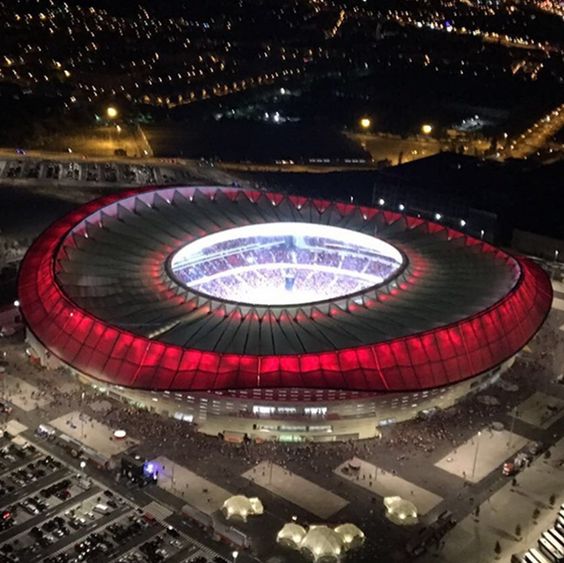
by Pinterest
As these stadiums undergo renovations, they uphold the standards set by FIFA while ensuring fans experience the thrill of the game in a safe and modern environment.
Recommended Attractions in Host Cities
Mexico City
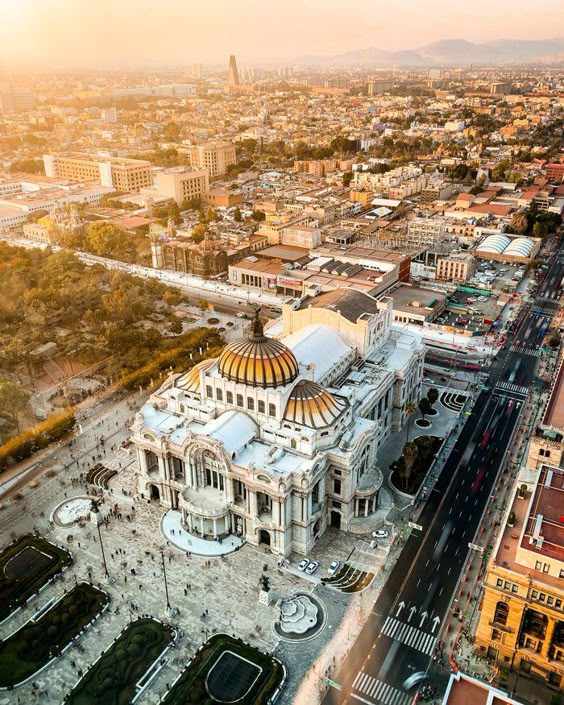
by Pinterest
- Visit the ancient Mesoamerican pyramids at Teotihuacan.
- Explore the historic center of Mexico City, Zocalo, and the Mexico City Metropolitan Cathedral.
- Enjoy the art at the Palacio de Bellas Artes and the Frida Kahlo Museum.
Guadalupe, Nuevo León (Near Monterrey)
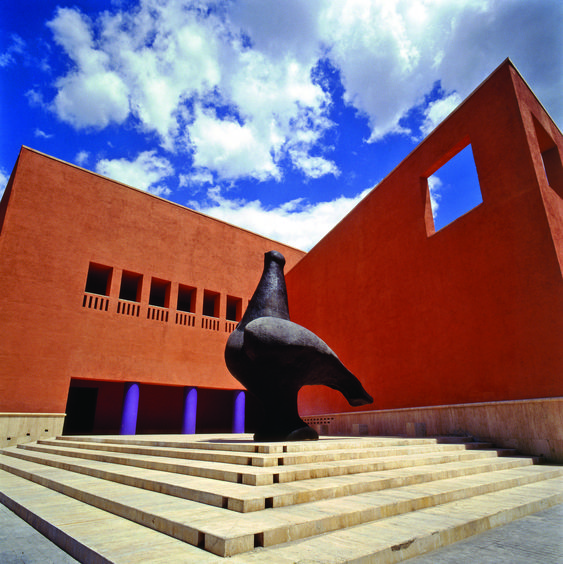
by Pinterest
- Stroll through the Fundidora Park, an urban park with industrial heritage.
- Explore the Museo de Arte Contemporáneo de Monterrey (MARCO).
- Take in the natural beauty of Chipinque Ecological Park.
Zapopan, Jalisco (Near Guadalajara)

by Pinterest
- Visit the Basilica of Our Lady of Zapopan, a 17th-century Franciscan sanctuary.
- Enjoy the local culture at the Plaza de las Américas Juan Pablo II.
- Explore the Zapopan Art Museum and the nearby Huichol Wixarica Museum.
These attractions provide a glimpse into the rich cultural tapestry of Mexico and are sure to offer memorable experiences during the 2026 FIFA World Cup.
Stadium Capacities and Admission Prices
Mexican soccer stadiums are renowned for their vibrant atmosphere and large capacities. They stand as proud landmarks showing the country’s passion for the beautiful game. The following is a brief overview of capacities and the range of admission prices in some of Mexico’s most iconic arenas.
Estadio Azteca is an emblem of Mexican soccer, seating an impressive 81,070 spectators. Admission to this colossal stadium varies by match, with prices generally ranging from approximately 100 to 1,000 pesos.
| Stadium | Capacity | Admission Price Range (MXN) |
|---|---|---|
| Estadio Azteca | 81,070 | 100 – 1,000 |
| Estadio Olímpico Universitario | 48,000 | 150 – 500 |
| Estadio BBVA | 53,500 | 300 – 800 |
Estadio Olímpico Universitario, which played host to events in the 1968 Summer Olympics, has room for 48,000 spectators. Fans can find themselves enjoying a match here for 150 to 500 pesos depending on seating and game importance.
Part of the excitement for fans is that ticket prices for Mexican soccer stadiums like Estadio BBVA, with a 53,500 capacity, can fluctuate. While the regular matches hover around 300 to 800 pesos, high-profile games can see a significant increase.
Note that these prices are indicative and may change depending on several factors including the teams playing, the importance of the match, and booking method. The stadiums offer a range of seating options, from general admission to VIP experiences, each affecting the ticket price.
Major Tournaments and Events
Investing in a journey through Mexican soccer stadiums reveals a rich history of major international and club-level tournaments. These venues are not just architectural marvels but also strongholds of memorable matches and events.
FIFA World Cup Matches
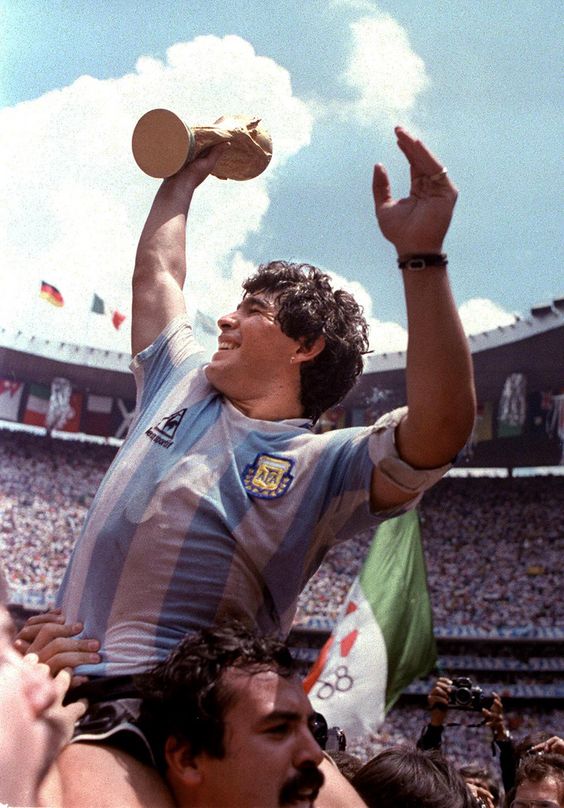
by Pinterest
Estadio Azteca has taken center stage in the world of football by hosting the FIFA World Cup finals in 1970 and 1986, etching its name into the annals of soccer history. The stadium served as the battleground for the legendary performances of players like Pelé and Maradona. As anticipation builds, it’s set to be one of the key venues for the upcoming 2026 FIFA World Cup.
- Important FIFA World Cup Games:
- 1970 Final: Brazil vs. Italy
- 1986 Final: Argentina vs. West Germany
CONCACAF Gold Cup
Mexican stadiums, and particularly the Estadio Azteca, have frequently hosted the CONCACAF Gold Cup, a tournament that crowns the regional champion of North America, Central America, and the Caribbean. The competition has seen the Estadio Azteca as a repeated venue for matches which includes finals, showcasing a festive atmosphere and the passionate Mexican soccer fandom.
Copa Libertadores
Even though Mexican clubs no longer participate in the Copa Libertadores, Latin America’s most prestigious club competition, Mexican stadiums have hosted numerous memorable Copa Libertadores fixtures. They’ve left an indelible mark on the tournament, with Estadio Azteca providing an imposing venue for clubs competing in intense matches that have captivated audiences across the continent.
Fan Experience
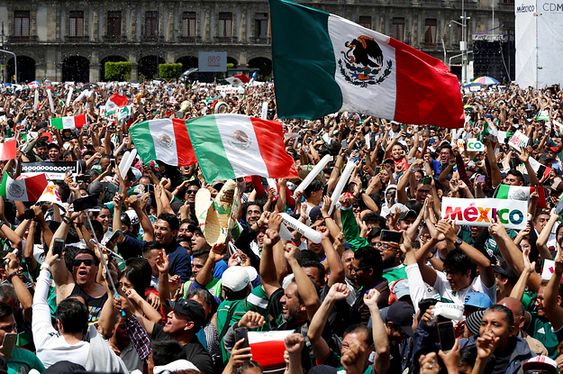
by Pinterest
Mexican soccer stadiums offer a unique and vibrant atmosphere for fans, providing an array of amenities and a strong commitment to safety to ensure an enjoyable experience for all attendees.
Amenities and Accessibility
Visitors to these stadiums can expect a variety of facilities aimed at enhancing their match day experience. Many venues feature a selection of eateries ranging from local snacks to international cuisine, ensuring fans have a wide variety of food choices. For example, Estadio Azteca sets a high standard for fan experiences with a family-friendly environment, offering a mix of comfort and excitement during live matches. The accessibility of amenities is carefully considered, with most stadiums providing ample restrooms, well-signposted seating, and various merchandise shops for fans to purchase team memorabilia.
Safety and Security
Safety is paramount in Mexican soccer stadiums, with security measures in place to ensure the well-being of each visitor. Steward presence is noticeable, patrols are routine, and there are robust protocols for handling any incidents quickly and efficiently. These stadiums, with Estadio Azteca as a leading example, often employ state-of-the-art surveillance systems and thorough safety checks at entry points to maintain a secure environment. Many also offer dedicated assistance for anyone needing special accommodations, ensuring all fans, regardless of ability, can enjoy the game without concerns for their safety.
My Opinion on Mexican Soccer Stadiums
Mexico, like most other countries in South America, is a soccer-crazy country and therefore has really nice stadiums that do satisfy to the World Cup 26.
However, during the World Cup I fear similar images to Brazil 2014: poverty around the stadiums. These people will probably not benefit from the World Cup and will be ignored for this month and the problem will be pushed aside while all the soccer fans will be celebrating in the streets. That’s why I have an ambivalent view of the World Cup. But as a soccer fan, this World Cup in 3 countries will certainly be a good experience.
FAQ
Exploring Mexican soccer stadiums reveals a rich tapestry of culture, history, and passionate fans.
What is the biggest soccer stadium in Mexico?
Estadio Azteca holds the title of the largest soccer stadium in Mexico, boasting a capacity for 87,000 spectators. It’s renowned for its historic importance and grand scale.
What stadiums will the 2026 World Cup be played in?
The 2026 World Cup in Mexico will feature games in several venues, including the iconic Estadio Azteca in Mexico City, known for having hosted two previous World Cup finals.
What stadiums are in Mexico City?
Mexico City is home to several stadiums, but most notable are:
Estadio Azteca: the centerpiece for major football events.
Estadio Olímpico Universitario: a historically significant stadium with a capacity of 48,000
What is your Opinion about Mexican soccer stadiums and the World Cup 2026? Let us know in the comments!

I come from the “soccer heart” of Germany, the Ruhrpott. I have played, trained and followed soccer all my life and am a big fan of FC Schalke 04. I also enjoy following international soccer extensively.